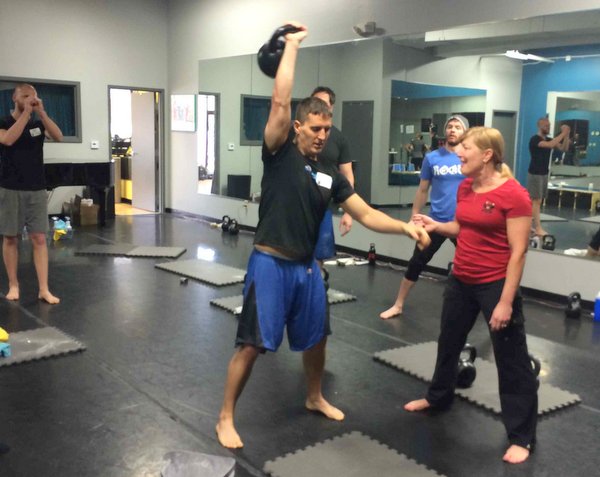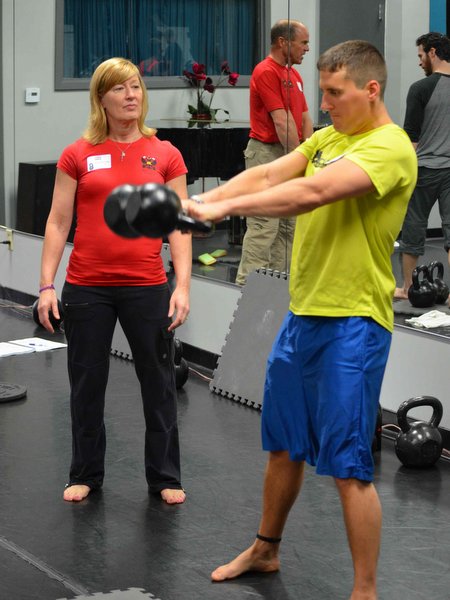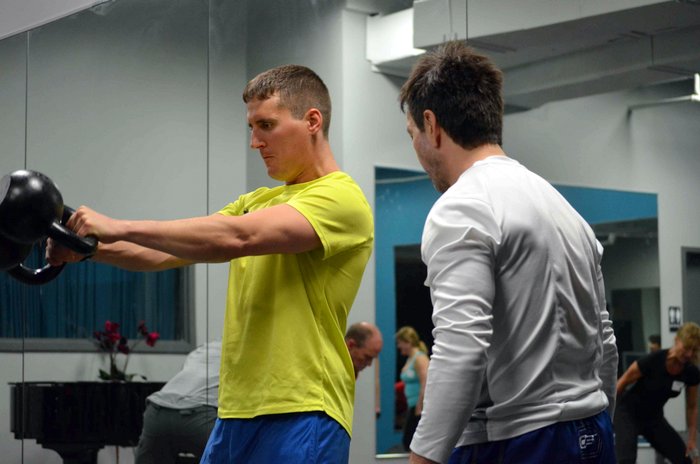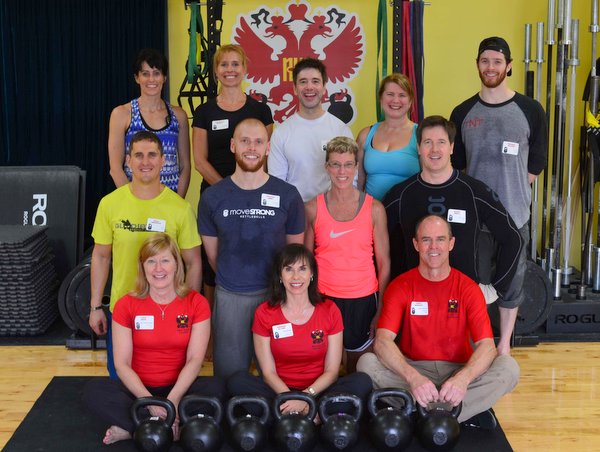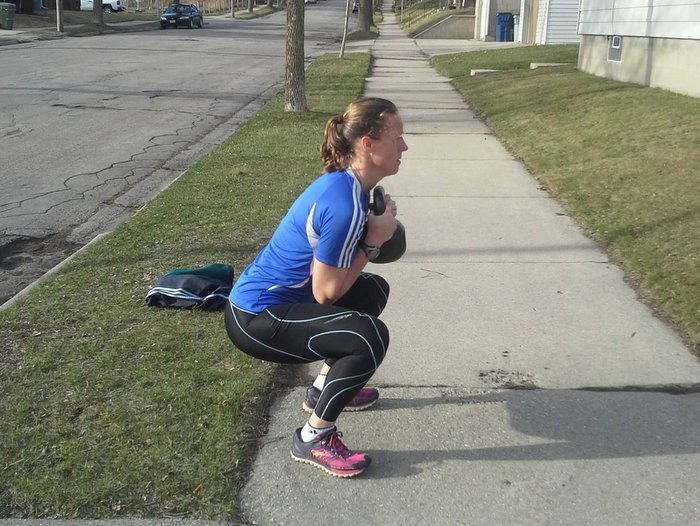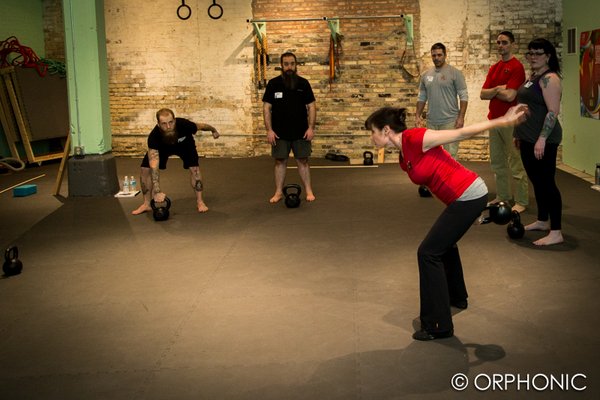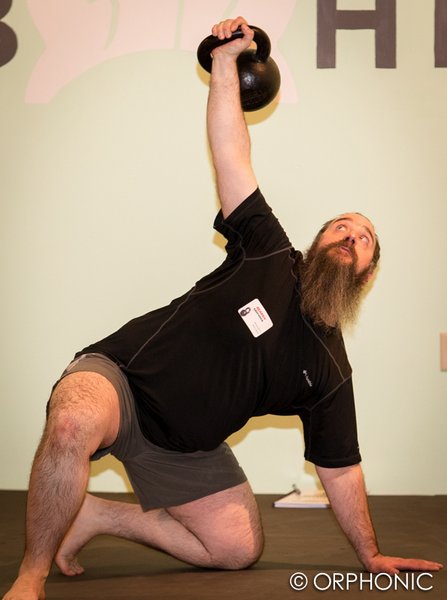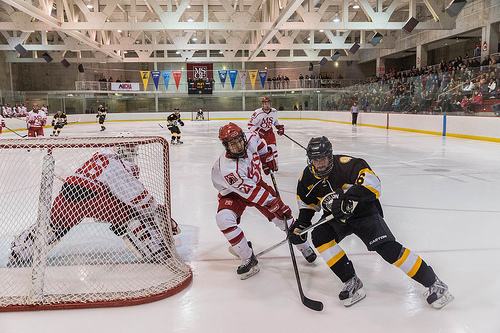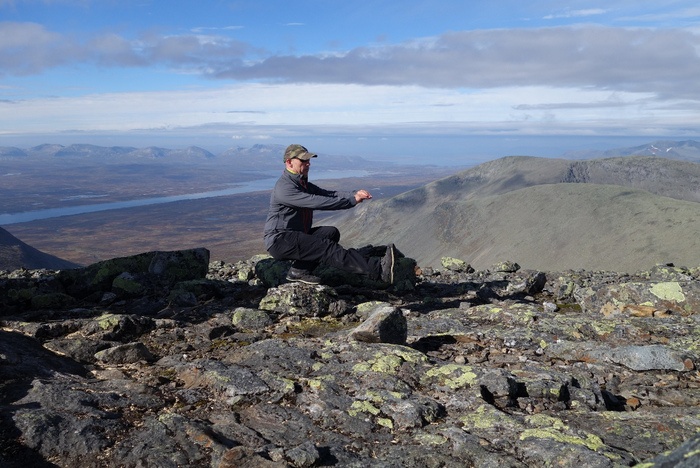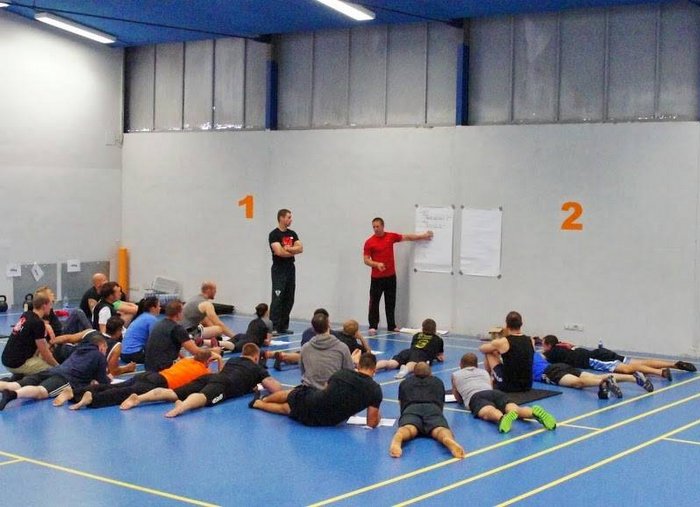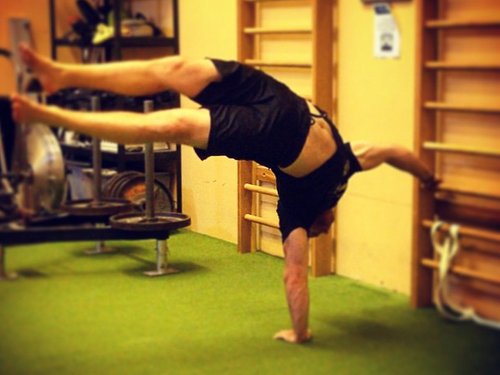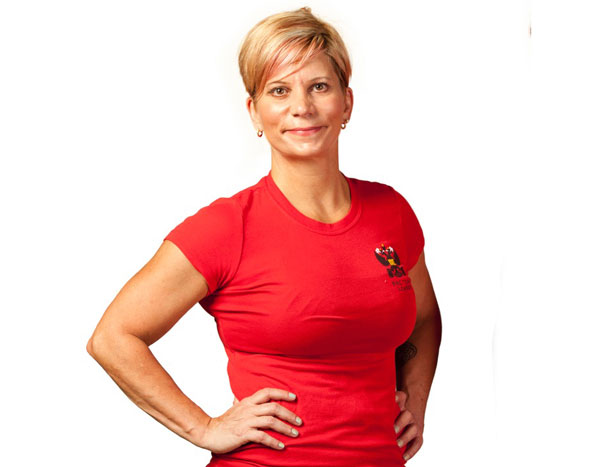
I am a data freak. I love tracking my fitness, my nutrition, my accomplishments and my goals. I do this both for my clients and myself.
Back in the day when I first started bodybuilding, I just used a notebook. I jotted down my workouts and food but not much else. I really did not know if I was making progress in my strength. I did however know exactly what I was eating and how many calories I was consuming everyday. Keeping a food journal was a priority because I had to get as lean as possible for every show.
That was years ago and my goals have changed.
Since then I completed two half marathons. I printed out a running program I found online and stuck to that. I never logged my runs or anything else, I just followed the plan. I had days where my runs were horrible and I would end up walking a lot. I had days in which I felt I could run forever.
Had I kept a log and a food journal, I may have been able to see why; on certain days I felt like I was running through mud and why some days I felt like an Olympian. Maybe my nutrition, hydration and sleep had a big effect on my training. I would never know because I didn’t keep data.
Over the past few years my goals have changed. For several years I didn’t do much but train with kettlebells. I went from program to program and tried and stopped every one of them. I had workout dyslexia. I was always getting distracted by a shiny new program.
My personal training business pretty much followed the same fate. I either did not write down programs or I would throw something together before I headed to the gym to train my clients.
They did see results with weight loss and body composition which was fine because that is pretty much all they cared about. I never kept data on their actual progress in the gym. Many times I would have to ask how much weight we used on our last workout. Had I kept data, I would have been able to show them their progress.
Things changed for me when I began setting goals that had deadlines attached to them. Had I not kept data on my training, I doubt I would have accomplished much.
One of my goals, and still is to be the oldest woman to complete the Iron Maiden challenge. For those who may not know; I would need to do a pull-up, pistol squat and press the 24 kilo (53 pound) kettlebell.
First thing I did was to hire a coach. Second thing I did was to get a good log to journal my workouts and more importantly, my progress.
Over the years I have bought, downloaded and made my own workout logs. None of them had ALL of the features I wanted.
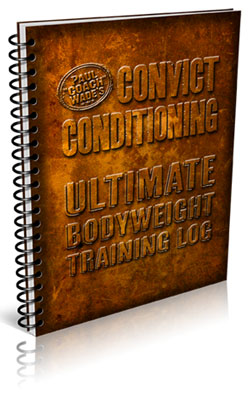 I came across the Convict Conditioning Log Book. Even though it’s focus is on the CC program, I loved the layout and used it for my personal goals. I don’t do the CC program and didn’t pay attention to that part of the log. It didn’t matter because the actual log pages had everything I was looking for.
I came across the Convict Conditioning Log Book. Even though it’s focus is on the CC program, I loved the layout and used it for my personal goals. I don’t do the CC program and didn’t pay attention to that part of the log. It didn’t matter because the actual log pages had everything I was looking for.
Once I started keeping data on my workouts, I was able to progress and regress as needed. I also was able to share with workouts with my coach. If he asked me about a past workout or weights used, I could flip to the page and let him know.
Having this data was crucial for reaching my goals. My coach was able to use this info to program my training cycles.
That is not the only data I keep. I still log my food and my running.
I am proud to say that I am one of those obnoxious people who have to take 5 minutes before a run to start my heart rate monitor, my Map My Run app, my music and my interval timer.
Funny thing is, I am not even a serious runner and I’m not very good at it. I do it for fun and to spend time with my friends. Do I really need that much data on my running? No. I just love having the data and more importantly, the gadgets.
****
Senior RKC, Laurel Blackburn owns Boot Camp Fitness and Training and Tallahassee Kettlebells. Look for Laurel at www.bootcampstogo.com or www.tallahasseekettlebells.com.
In her early fifties, she is out to prove that age is just a number. Her goal is to motivate and inspire people everywhere, both young and old that strength, flexibility and mobility can get better with age. Follow her adventures on her blog: www.SuperStrongNana.com.
